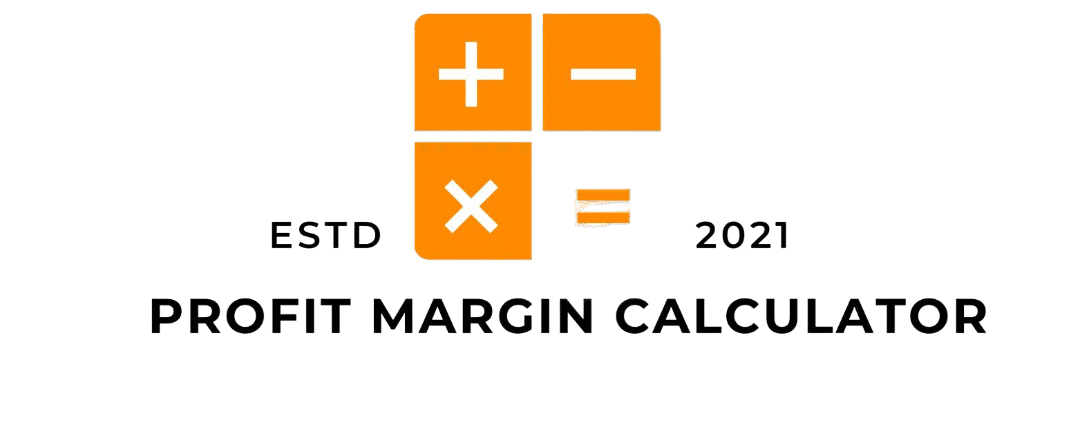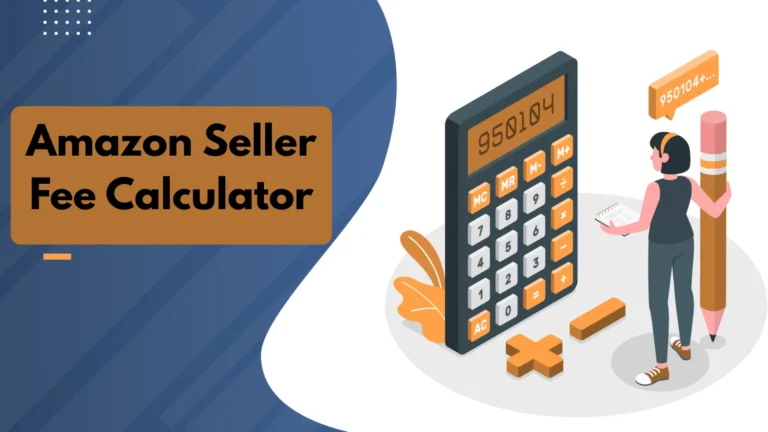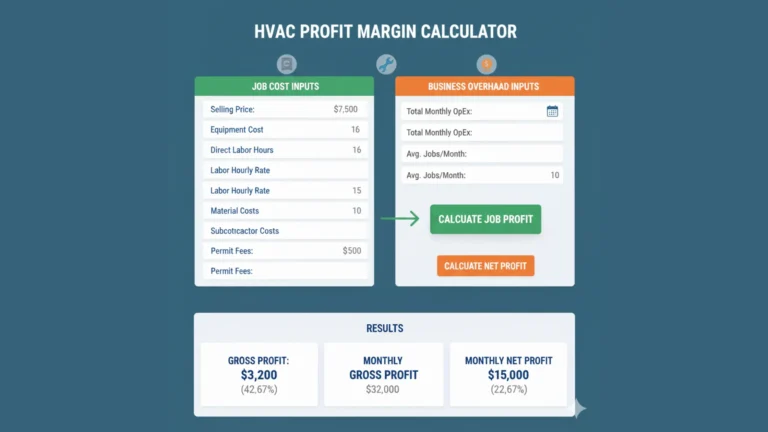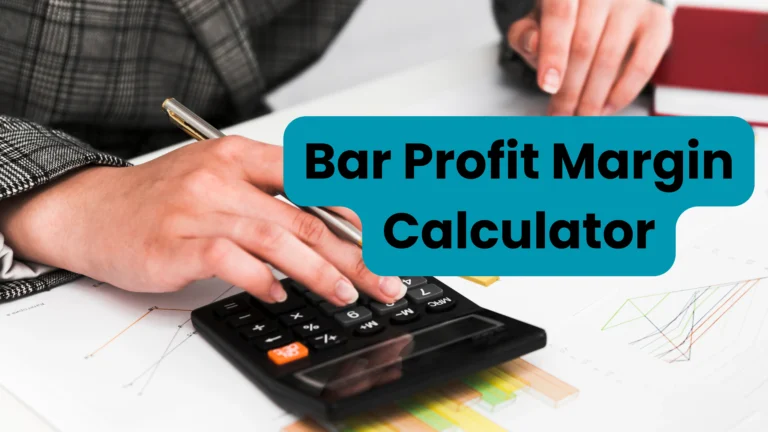What is Dropshipping
Dropshipping is a retail business model where the seller doesn’t keep products in stock. Instead, when a customer places an order, the seller purchases the item from a third-party supplier, who then ships it directly to the customer. This model allows entrepreneurs to start an online store without investing in inventory, making it low-risk and easy to scale, though ecom profit margins are typically lower compared to traditional retail.
Running a successful dropshipping business isn’t just about finding trending products. Profitability is the backbone of sustainability, and understanding your dropshipping profit margin is crucial. In simple terms, your profit margin is the percentage of revenue that remains after covering the cost of goods sold (COGS). For dropshipping, this includes the wholesale product cost and shipping fees.
Knowing what constitutes a “good” profit margin helps you price products correctly, maintain competitiveness, and grow your business. Let’s break this down into what influences profit margins, benchmarks to expect, and strategies to improve them.
Understanding Dropshipping Profit Margins
Dropshipping profit margin is calculated using the formula:
Profit Margin (%) = (Selling Price – Cost of Goods Sold) ÷ Selling Price × 100
For example, if you sell a product for $50 and your supplier charges $35, your profit margin is 30%. This percentage reflects the money you keep from each sale after paying for the product and shipping.
Unlike traditional retail, dropshipping margins are usually lower because you don’t buy inventory in bulk. While this reduces upfront investment, it also means smaller margins. A typical range for most dropshipping businesses is **15% to 40%**, depending on the product category and market demand.
Factors Affecting Your Dropshipping Profit Margin
Several factors directly influence how much profit you can make per sale:
* Product Cost: Your supplier’s pricing is the biggest determinant. Lower-cost products naturally allow for higher margins.
* Shipping Fees: International shipping or fast delivery options can significantly reduce your profit margin.
* Competition and Market Demand: Highly competitive markets often force sellers to lower prices, shrinking margins.
* Marketing Expenses: Paid ads, influencer promotions, and social media campaigns are essential but eat into profit margins.
* Returns and Refunds: Products with high return rates can impact your net margin.
Understanding these variables is critical to setting realistic expectations and pricing strategies.
Typical Profit Margin Benchmarks in Dropshipping
Profit margins vary widely depending on the niche. Here’s a realistic benchmark:
* Electronics: 10%–20%
* Fashion & Apparel: 20%–50%
* Home & Kitchen Products: 25%–40%
* Health & Beauty: 20%–45%
High-ticket items like electronics may offer lower margins but can still be profitable due to higher absolute revenue. On the other hand, fashion and beauty products often allow for higher margins but require more marketing and trend tracking.
For new dropshippers, aiming for a **20%–30% margin** per product is practical. This gives enough room to cover ads, shipping, and minor unexpected costs while still generating profit.
Tips to Improve Your Dropshipping Profit Margin
Profit margins aren’t fixed. Several strategies can help increase your profitability:
1. Negotiate with Suppliers: Even small discounts per unit can significantly improve margins on bulk orders.
2. Focus on Niche Products: Avoid highly saturated markets; unique or high-demand items allow higher pricing.
3. Optimize Shipping Costs: Use suppliers closer to your target market or find faster, cheaper shipping methods.
4. Bundle Products: Selling bundles or sets increases perceived value and boosts overall margin.
5. Leverage Marketing Smartly: Use organic strategies like social media content and email campaigns to reduce dependency on paid ads.
FAQs
What is a Realistic Profit Margin for a beginner Dropshipper?
For beginners, a 20%–30% margin per product is realistic. It balances profitability with the competitive pricing needed to attract buyers.
Can I Increase my Profit Margin without Raising Prices?
Yes. You can negotiate supplier costs, optimize shipping, reduce ad spend, or bundle products to add value without changing prices.
How does Shipping Cost Impact Dropshipping Profit Margin?
Shipping can be one of the largest expenses in dropshipping. High or unexpected shipping costs can reduce your profit margin, so it’s essential to factor this into product pricing.
What is a good profit margin for dropshipping on amazon
A good profit margin on Amazon typically ranges from 20% to 30%, depending on the product category and competition, allowing you to cover fees and still make a reasonable profit.
How to calculate profit margin for a product
Profit margin is calculated as: (Selling Price – Cost of Goods Sold) ÷ Selling Price × 100. This shows the percentage of revenue you keep after covering product costs.
Can I make $10,000 per month dropshipping?
Yes, it’s possible, but it requires high-demand products, consistent sales volume, smart pricing, and efficient marketing. Profit margins and operational costs will determine the exact effort needed.




